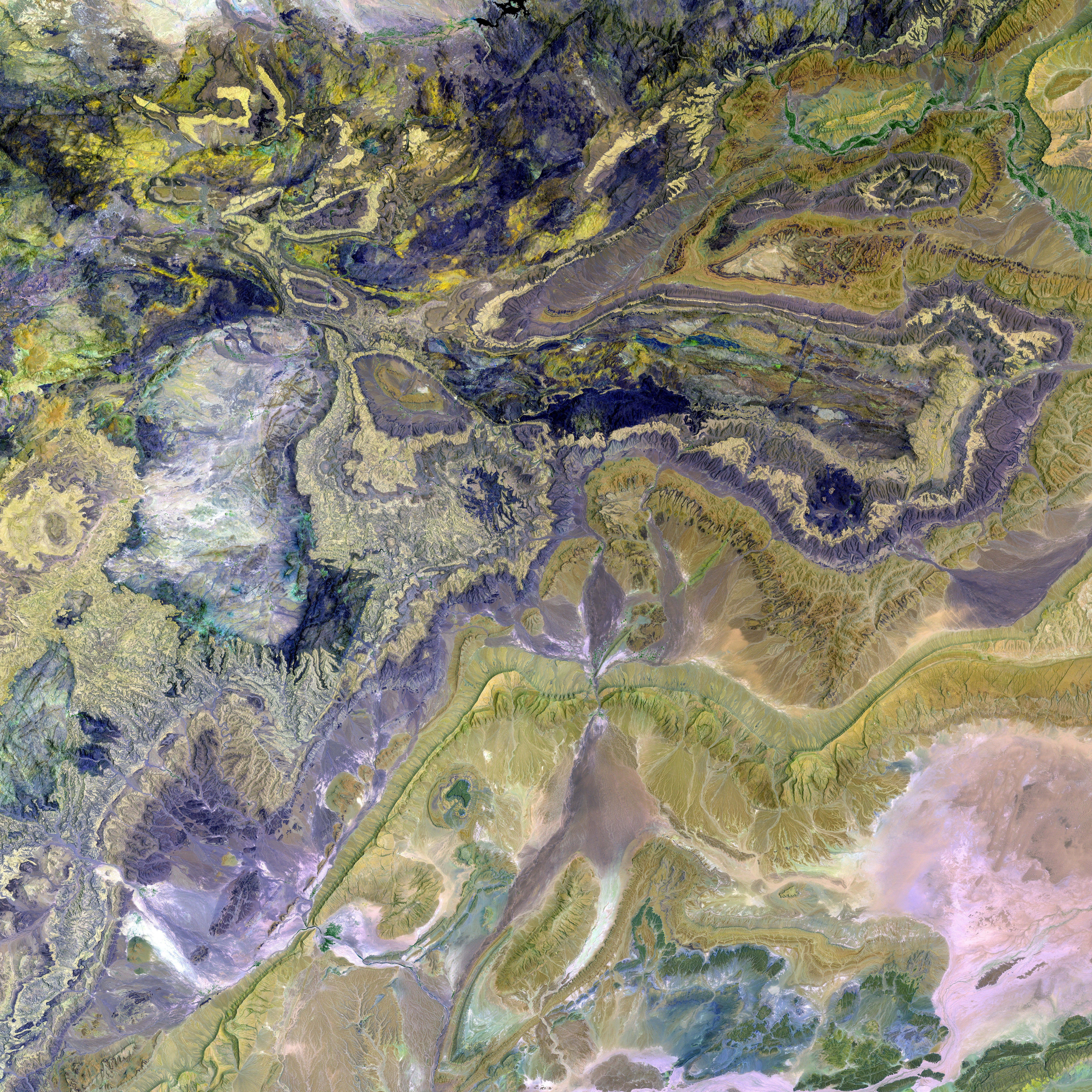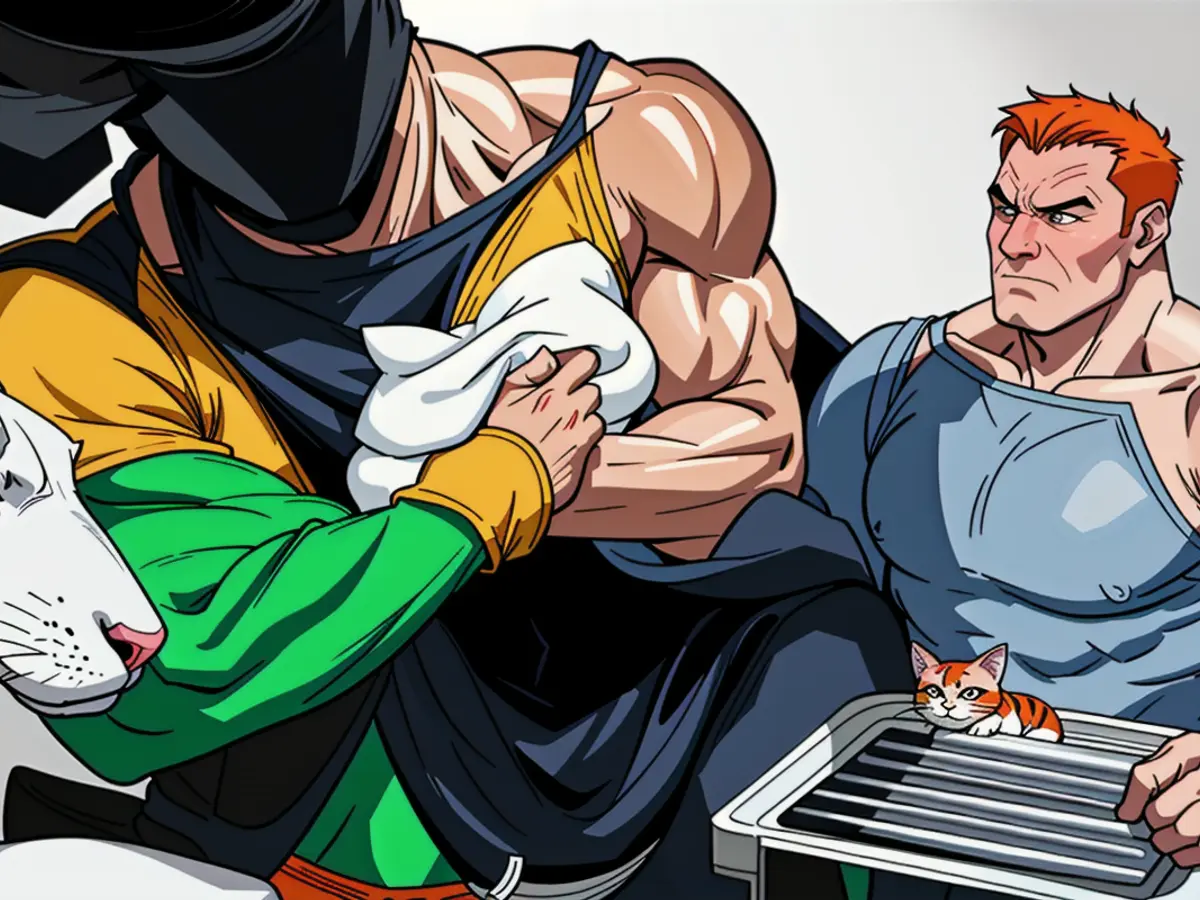Disney veteran Aaron Blaise demonstrates the process of building character models suitable for animation
Creating captivating character designs for animation calls for a harmonious blend of creativity, technical skill, and a solid grasp of storytelling. Here are ten tips from Aaron Blaise, a Disney animator who spent 21 years with the company:
Start with ample research and references, including real-life observations, books, videos, and perhaps even visits to zoos. This approach proved instrumental when Blaise designed the polar bear character in his film "Snow Bear." Develop initial concept sketches based on your findings, experimenting with various poses and expressions.
Simplicity is crucial to character design. Use basic shapes to define your character's structure, ensuring balance and visual appeal. Pay close attention to expressive features, such as eyes and facial expressions, which are vital for engaging animations. Experiment with different colors and textures to bring the character's distinct personality to life.
Align your character designs with the story's narrative and world. Consider the character's role and interactions within the overall plot. Develop a rich backstory for your character, including personality traits and motivations.
Leverage digital tools like Adobe Photoshop or Wacom Cintiq to create and refine your designs. These tools provide flexibility and the ability to easily iterate your work. Use layering techniques to build up your designs incrementally, starting with basic shapes and gradually adding details.
In the final stages, give your character a meaningful name that aligns with their personality and the story's theme. Collaborate with animators to ensure your designs offer them something to work with. Encourage feedback from peers and continually iterate until your designs perfectly convey your vision and the story's requirements.
By adhering to these tips and embracing Aaron Blaise's approach to character design, you will create dynamic characters that are ready for animation.
For further guidance and insights, consult the general character design tips in the Creative Bloq Newsletter. If you plan to animate your characters yourself, be sure to read the guide to the best animation software.
- To enhance your digital art skills, consider attending a 3D tutorial focusing on animation to gain a deeper understanding of character movement.
- With the right balance of creative design and technical skill, you can create captivating fashion-and-beauty illustrations that reflect current lifestyle trends.
- Digital art has also found its place in the realm of home-and-garden, where it can help bring a personal touch to interior layouts and exterior designs.
- As a UX artist, using color and layout effectively is essential for creating intuitive and user-friendly digital interfaces, especially in technology-centered fields like artificial intelligence.
- Learning UI design techniques can help you create visually appealing and engaging designs, contributing to a more seamless experience for users in the education-and-self-development sector.
- Educational resources, such as video tutorials and online courses, can help you master various drawing techniques, offering a solid foundation for creating intricate and expressive character designs.
- To stand out in the competitive world of animation, consider incorporating unique visual styles into your 3D character designs, drawing inspiration from various sources like contemporary art and imaginative literature.
- The use of digital art isn't limited to entertainment; it can also be applied to fields like fashion-and-beauty, where bold imagination can lead to innovative design concepts for clothing and makeup.
- Finally, remember to stay open to feedback and continuous learning in your art practice—collaboration with fellow artists and animators can help you refine your skills and take your character designs to the next level.






